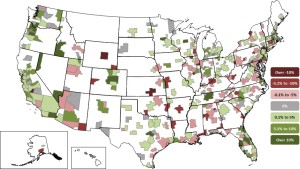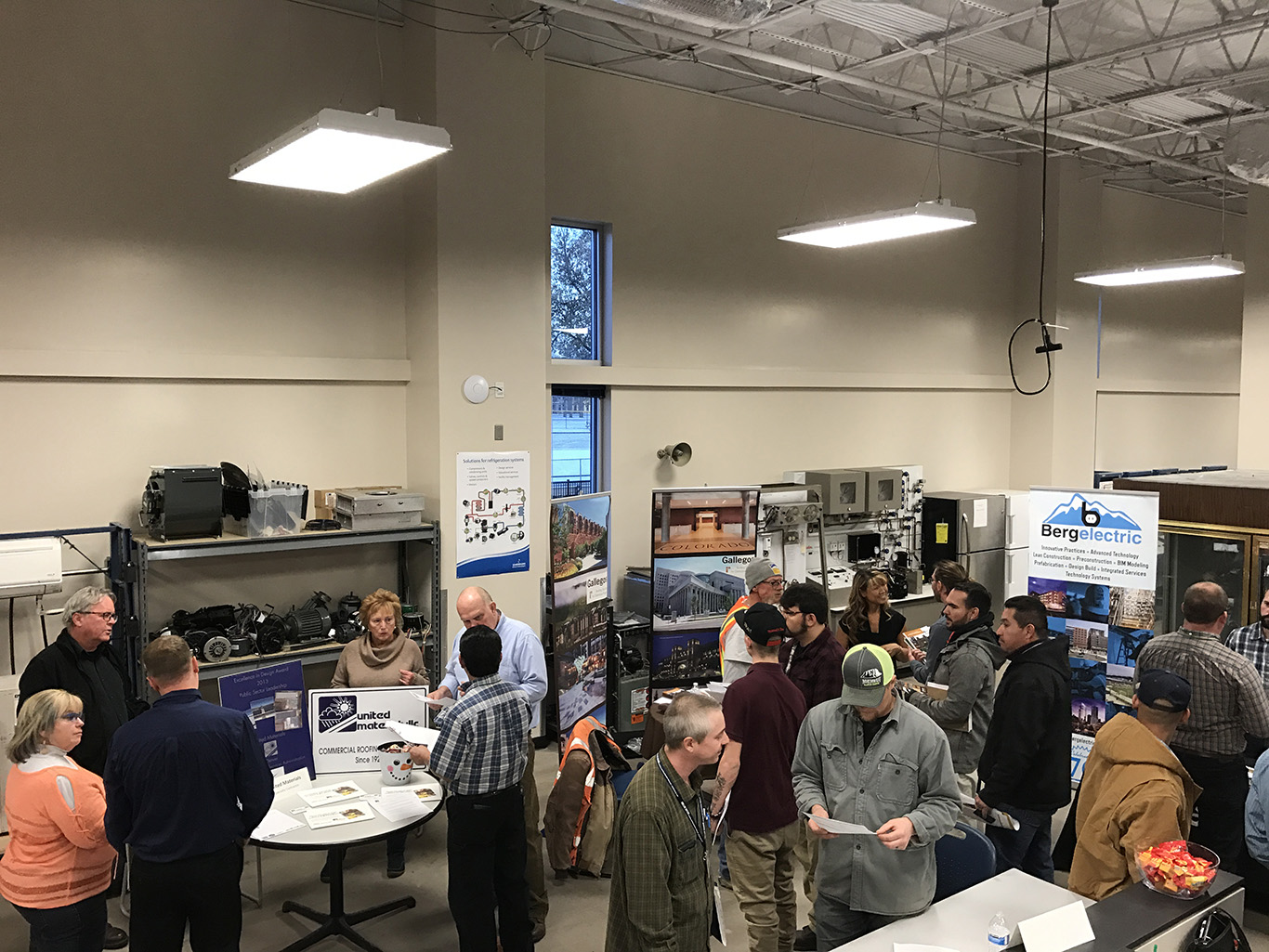Although construction employment declined in 110 out of 358 metro areas between December 2015 and December 2016, the Denver-Aurora-Lakewood metro area added the most construction jobs in the country with 10,400 jobs (11 percent) during the past year. Further statistics include stagnant growth in another 65 metro areas and an increase in 183, according to a new analysis of federal employment data released today by the Associated General Contractors of America.
 Association officials noted that the disappointing new jobs data coincides with data showing a drop in most infrastructure spending in 2016 and comes out as a broad coalition of business, labor and transportation interests from across the country urged President Trump to deliver on his promise to rebuild the country’s aging infrastructure.
Association officials noted that the disappointing new jobs data coincides with data showing a drop in most infrastructure spending in 2016 and comes out as a broad coalition of business, labor and transportation interests from across the country urged President Trump to deliver on his promise to rebuild the country’s aging infrastructure.
“There are two main reasons so few areas added construction jobs last year—they couldn’t find enough new workers to hire or they couldn’t find enough work to require new hiring,” said Ken Simonson, the association’s chief economist. “In some markets, the solution is more workforce development measures, while other markets need new demand for construction before firms will begin adding jobs. In particular, spending on critical transportation, sewage and water infrastructure declined last year.”
The largest job losses from December 2015 to December 2016 were in Houston-The Woodlands-Sugar Land, Texas (-11,200 jobs, -5 percent), followed by Orange-Rockland-Westchester, N.Y. (-5,500 jobs, -12 percent); and Los Angeles-Long Beach-Glendale, Calif. (-5,200 jobs, -4 percent). The largest percentage declines for the past year were in Kankakee, Ill. (-15 percent, -200 jobs); Casper, Wyo. (-13 percent, -400 jobs) and Wichita, Kansas (-13 percent, -2,100 jobs).
Denver-Aurora-Lakewood, Colo. (10,400 jobs, 11 percent) added the most construction jobs during the past year, followed by Orlando-Kissimmee-Sanford, Fla. (9,700 jobs, 15 percent); Las Vegas-Henderson-Paradise, Nev. (8,700 jobs, 16 percent) and Tampa-St. Petersburg-Clearwater, Fla. (8,700 jobs, 13 percent). The largest percentage gains occurred in Boise City, Idaho (18 percent, 3,400 jobs), followed by El Centro, Calif. (17 percent, 500 jobs); Las Vegas-Henderson-Paradise and Orlando-Kissimmee-Sanford. The number of metro areas with year-over-year job increases—183, or 51 percent—was the lowest since September 2012, the economist noted.
Among major infrastructure categories, public spending fell 18 percent over the year for sewage and waste disposal systems; 5.3 percent for transportation facilities such as transit, airports and passenger rail; and 0.9 percent for water supply. Highway and street construction posted a modest increase of 1.5 percent.
Association officials said the new metro construction employment data comes out as hundreds of employers from across the country are urging President Trump to deliver on his promise to invest in rebuilding the nation’s aging infrastructure. In particularly, the firms noted that aging and congested transportation networks are affecting their bottom line and undermining their ability to add jobs.
Metro employment map courtesy of Associated General Contractors of America









